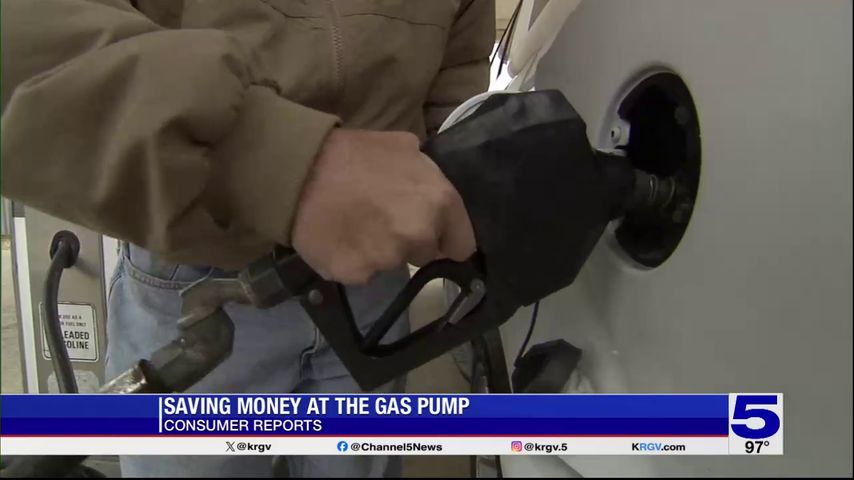Consumer Reports: Get the most out of a tank of gas
As gas prices go up and down, here’s something to ponder the next time you’re at the pump: Not all gas is created equal, and where you fill-up impacts your wallet and the performance of your engine. And we’re not talking about octane levels. Consumer Reports reveals the type of gasoline you should look for and how it can help you save money by getting the most out of every tank.
Whether you’re taking a summer road trip, commuting to work, or just running errands, you want your car up to speed. According to the automotive experts at Consumer Reports, it all starts at the pump.
Next, when choosing where to fill, CR recommends using Top Tier gas.
Jeff Bartlett works at Consumer Reports Auto Test Center, where they buy, test, and rate more than fifty cars, trucks, and SUVs every year. So CR goes through a lot of gas!
Top Tier gas is held to a higher standard through the voluntary agreement of major gas brands. You can find it at stations from Exxon, Mobil, Chevron, Shell and Costco.
AAA analyzed Top Tier gasoline and found it better protects newer engines from carbon buildup and deposits on the intake valves. What does that mean for you? Better performance and fuel economy.
When a brand offers Top Tier, they do so on all grades and octane levels, not just certain versions. Top Tier gas may cost a little more than fuel from discount brands, but the research points to it being a wise investment.
To save money, check your owner's manual: Skip it unless it REQUIRES premium fuel.
Here are a few more rules to get the most out of your tank:
Stay at half or more. When on a road trip, make sure you keep your gas tank half-full. You never know if you will encounter congested roads or slow-moving traffic.
Check prices online. Apps and websites such as GasBuddy show local gas prices, making it easy to find the best prices in your area or if you need to travel. Also, gas stations well off major highways and away from city centers tend to have better prices, as do warehouse stores and some major travel centers.
Finally, obey speed limits and drive smoothly. Your driving habits can significantly affect gas mileage, which, in turn, costs you money.
Remember to check your tire pressure. Having tires with lower pressure than what’s recommended on your doorjamb sticker can affect performance, tire longevity, and fuel consumption, plus it can also be a safety hazard.





